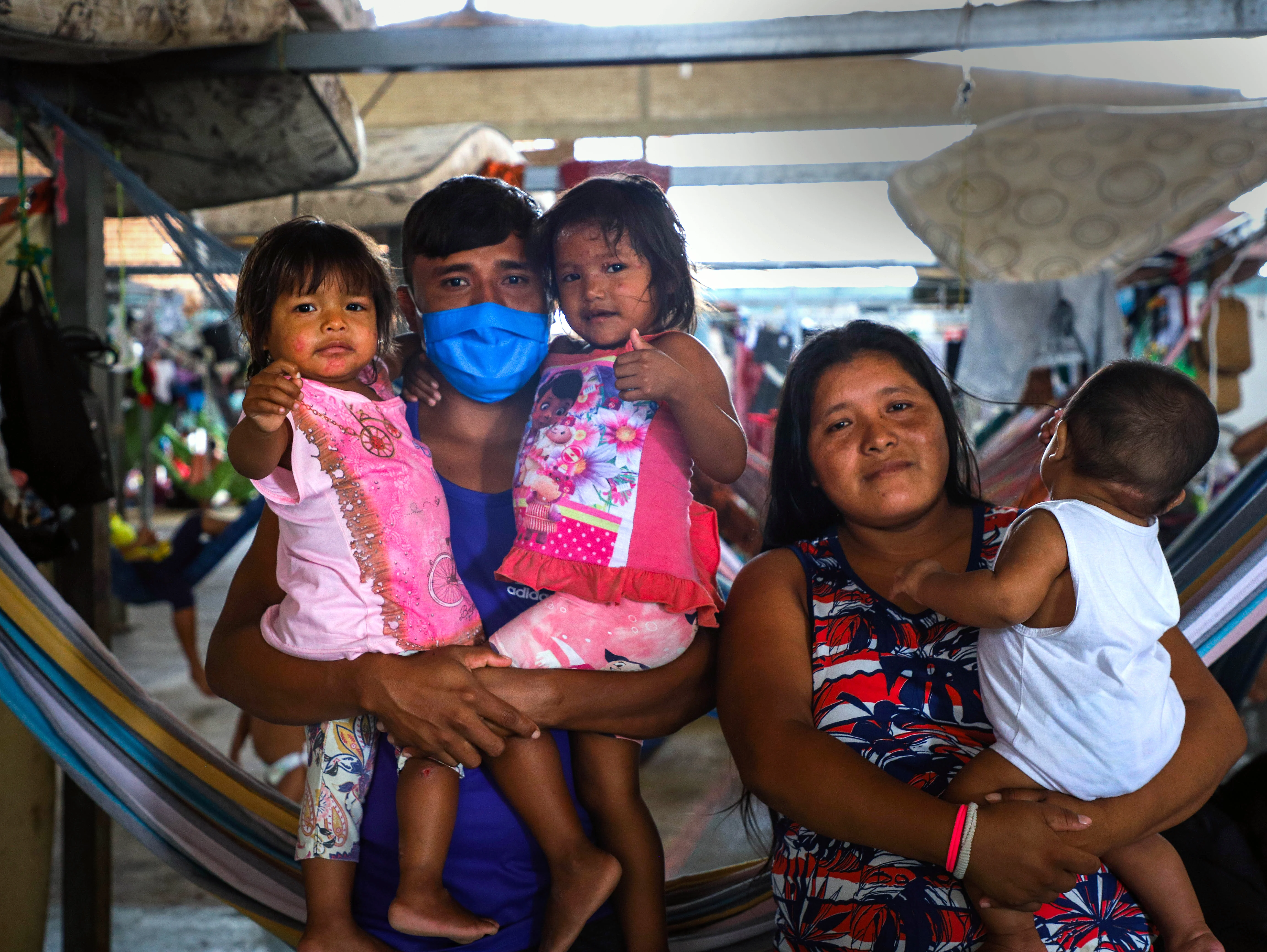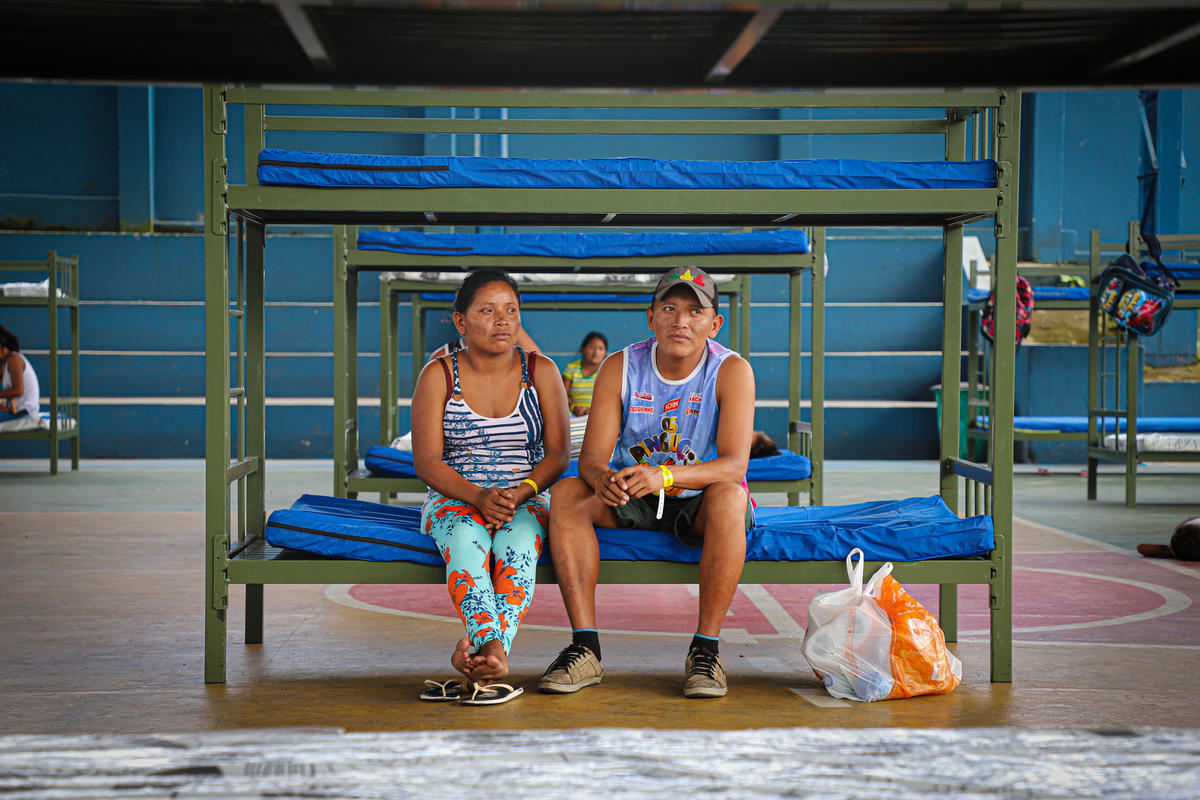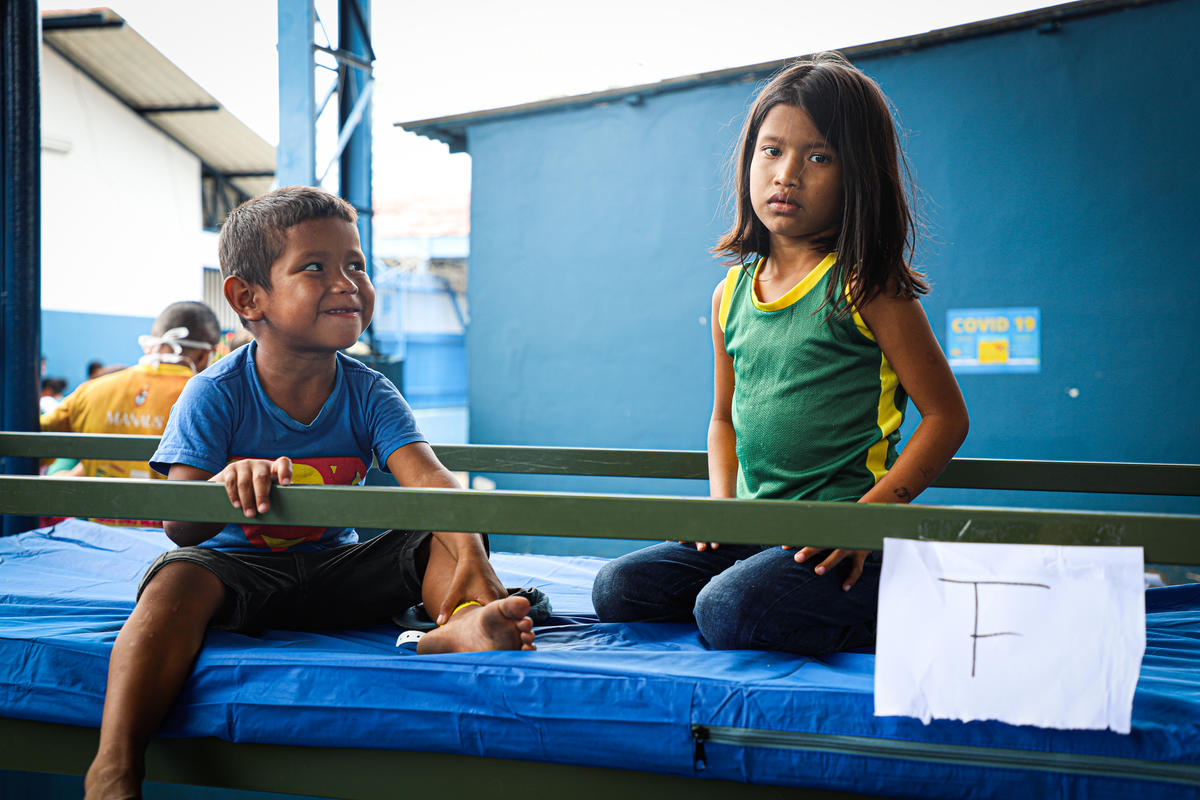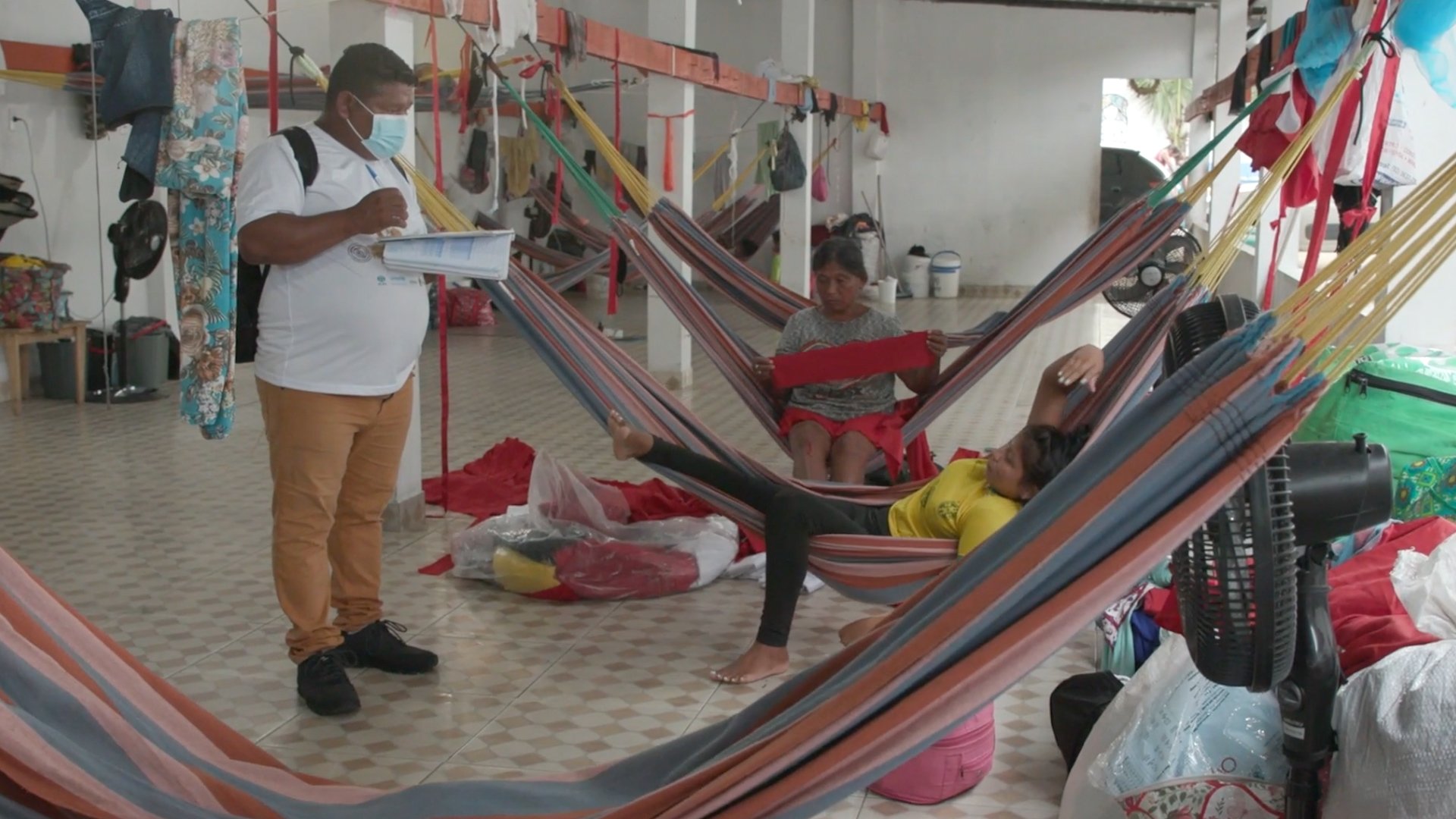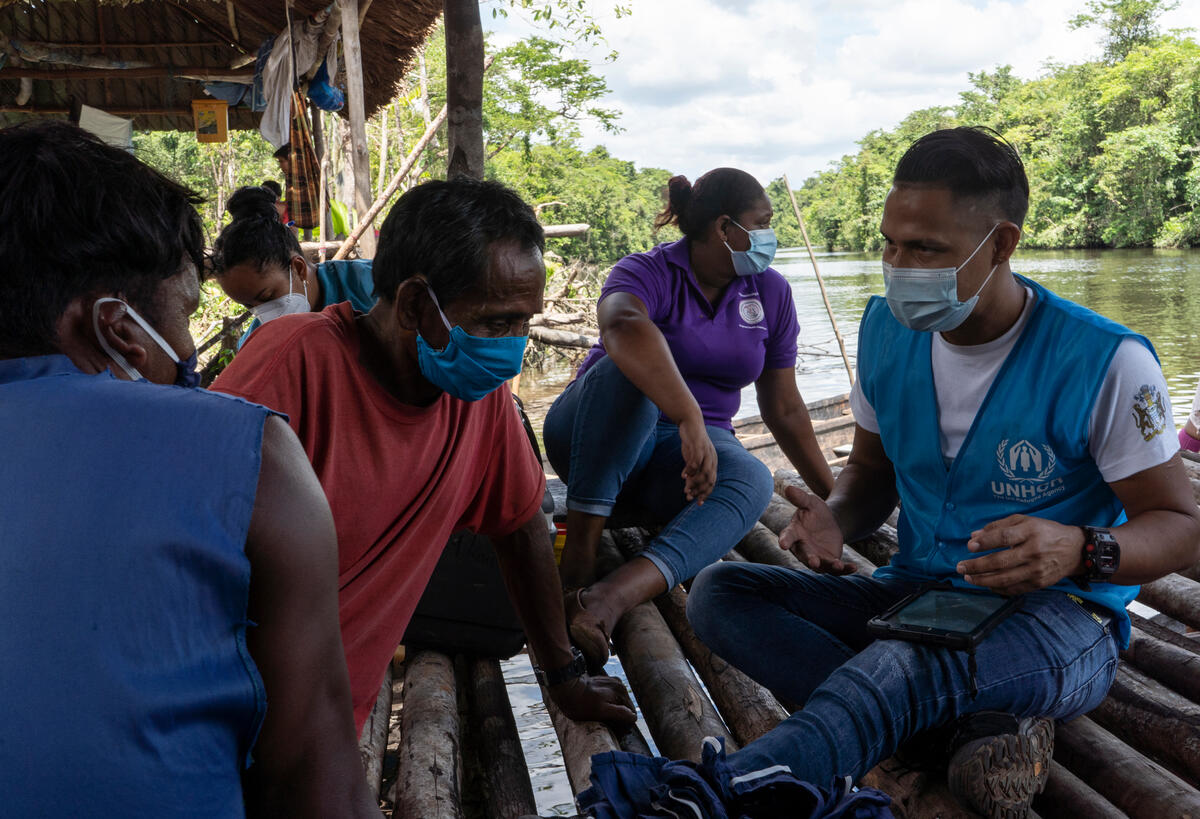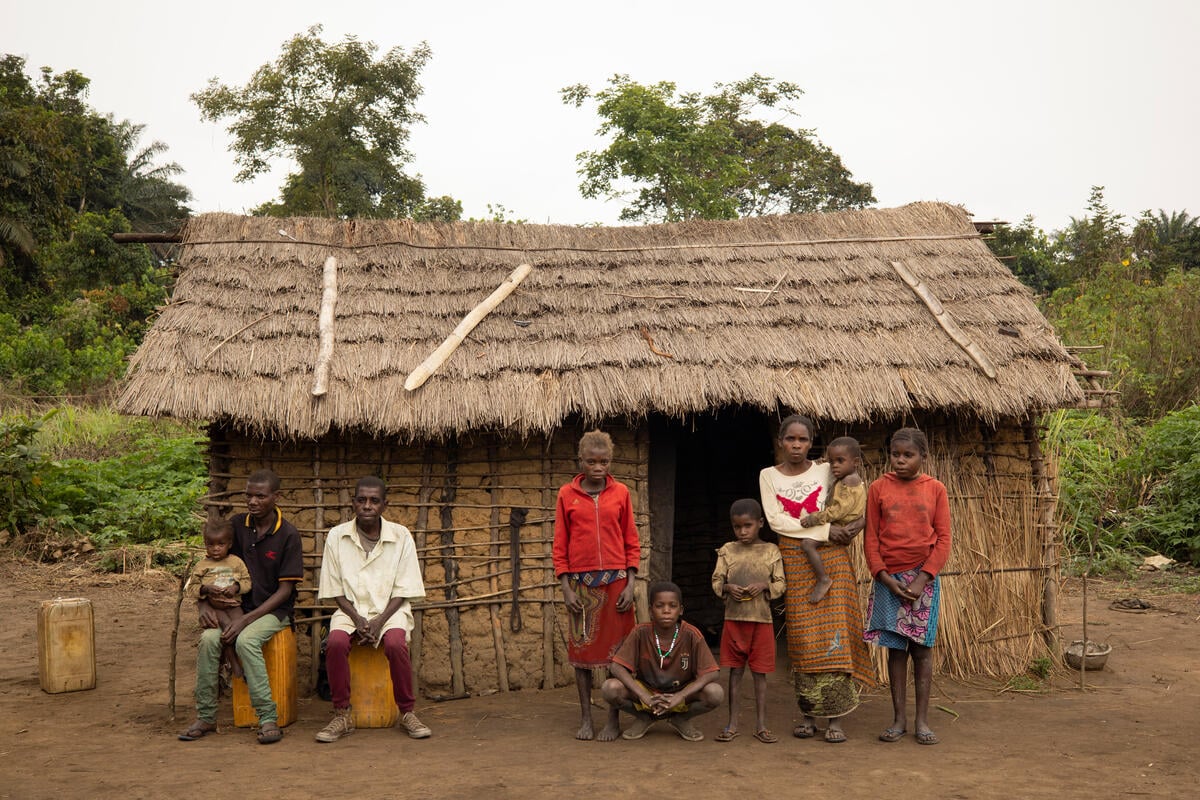Typhoon Haiyan: Indigenous people seek to break cycle of displacement
Typhoon Haiyan: Indigenous people seek to break cycle of displacement

ISABEL, the Philippines, February 4 (UNHCR) - At 85, Jahina Lugasan does not know where home is. Her life has been marked by a series of displacement driven by conflict and natural disasters. And unless something is done, her grandchildren could inherit this unfortunate legacy.
Jahina and her husband are from the indigenous Badjao ethnic group in southern Philippines, where armed conflict has raged for decades. In 1987, they fled to seek a more peaceful life for their six children in Isabel town, western Leyte province. They built a new home in the seaside village of Marvel with the blessing of the landowner, a local politician.
Over the years they integrated into their new village and now speak the local language.
But disaster struck again on November 8 last year when Typhoon Haiyan sent a 17-foot storm surge sweeping through the coast. Jahina became homeless again. This time, even her grandchildren were set adrift.
"We hid in a nearby church so we were lucky to escape the typhoon's wrath. Our house and our possessions were not as lucky," she said.
After the typhoon, Jahina's family trooped back from the church, only to find their home lost forever. The landowner forbade them to return and rebuild in their former habitual residence, citing the government's new rule on "no-build zones." The rule forbids the construction of dwellings within 40 metres of the shoreline to ease the impact of future disasters.
In total, some 300 Badjao were turned out from the same land, grappling with repeated instances of forced displacement caused first by conflict and now by the typhoon. Weak and traumatized, Jahina helped other Badjao collect debris, coconut leaves and pieces of bamboo washed up by the devastating waves. Using these, they erected huts on stilts along the coastline.
"Do we want to live right above the water? No. But what choice do we have?" she said, expressing fear for the safety of her family when another typhoon comes.
For now, plastic sheeting provided by the UN refugee agency helps to keep the family dry and a solar lantern lights up their restless nights. To date, UNHCR has reached nearly half a million Typhoon Haiyan survivors with vital supplies that include 45,000 plastic sheets and 10,000 solar lanterns. UNHCR continues to assist the most vulnerable typhoon survivors, in particular indigenous peoples like the Badjao.
"What we want is our own land in Isabel to build our homes on. It does not matter if we are poor, as long as we have a permanent home that is safe from future typhoons, we are happy," said Jahina, one of the first Badjao to settle in the town.
Fishing is the chief source of livelihood among the Badjao, who have appealed to local authorities to allocate land safe from the effects of severe storms but not far from coastal areas.
This indigenous community in Isabel is among the 4.1 million people displaced by Typhoon Haiyan in the Philippines. While more than 20 typhoons threaten the Philippines' over 7,000 islands each year, no national law exists to uphold the welfare of people displaced by typhoons, other natural disasters, as well as armed conflict, or often - like with the Badjao of Isabel - by a combination of these factors.
In February 2013, the UN refugee agency lauded the Philippine legislature for making strides in adopting a legislation espousing the right of internally displaced people (IDP) to protection and assistance. The legislation, the first of its kind in the Asia-Pacific region, was later vetoed.
Fresh efforts to revive the IDP bill restore hope in Jahina and other displaced people that their rights will be respected. If passed, the bill will entitle IDPs to protection and assistance during displacement, and will guarantee their safe return, resettlement and integration.
In Isabel, Jahina gazes at her two-month-old granddaughter born just days before Typhoon Haiyan struck. She has high hopes for the little girl and believes that someday - finally - the Lugasan family will find a place to call home.
By Johanna Morden in Isabel, the Philippines


